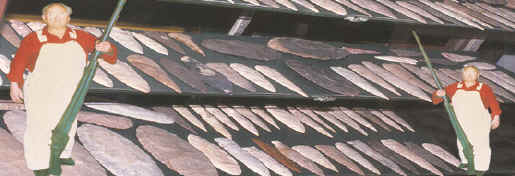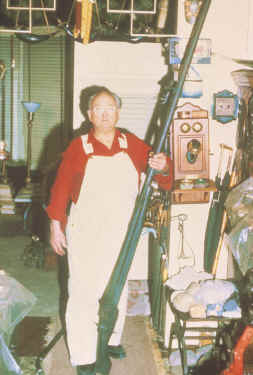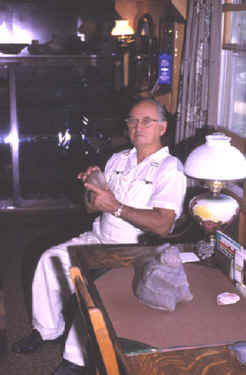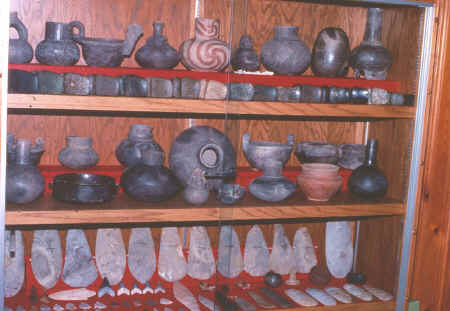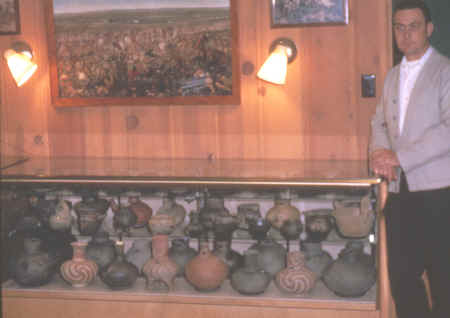|
||
|
||
|
"Collecting artifacts is an entrenched part of the culture in rural
areas of Ohio, Indiana, and Kentucky, where plowed fields and river
banks yield arrowheads, spear points, bannerstones and gorgets by the
hundreds".---1999, Maria
Braden, American Archaeology, Vol. 3 No. 4.
Collecting is a part of human nature. Later cultures seem to have always wanted to collect the previous culture's artifacts. In fact, the history of collecting can even be traced through time by the counterfeits. Hoving writes in False Impressions that "Art forgery is as old as mankind itself. The earliest fakers appear to have been the Phoenicians." |
||
|
||
|
Most of the collections illustrated here have been dispersed long ago and the owners have past away. Their artifacts now reside in other private and even institutional collections as the process of collecting continues. |
||
|
Collections are a reflection of an owners personality and financial situation. B. W. Stevens was wealthy enough to acquire a very large number of the best available examples of a wide range of artifacts from Illinois and the surrounding area. His was one of the largest collections at the time. On the other hand, collectors like Bud Grove, assembled smaller collections, adding to it when the opportunity presented itself. More amazing are the collectors like Wayne Richardson who seem to have collected 24 hours a day. He literally turned his house into a museum display and storage facility that had narrow passageways winding throughout the building. |
||
|
||
|
The majority of the stone artifacts in the collections illustrated here were found in plowed fields. Some of the earlier discoveries were made by farmers working behind horse drawn plows. But as the agricultural industry became more mechanized, tractors and other earth moving equipment have been breaking new ground ever since. Countless numbers of archaeological sites have been disturbed from agriculture. These cultivated fields have been the main source for Stone Age artifacts. |
||
| CONTINUE ON TO PAGE TWO | ||
|
"REFERENCES"
1960
Wachtel, H. C., "Who's Who In Indian Relics No. 1," pp.
68-69. |
||

